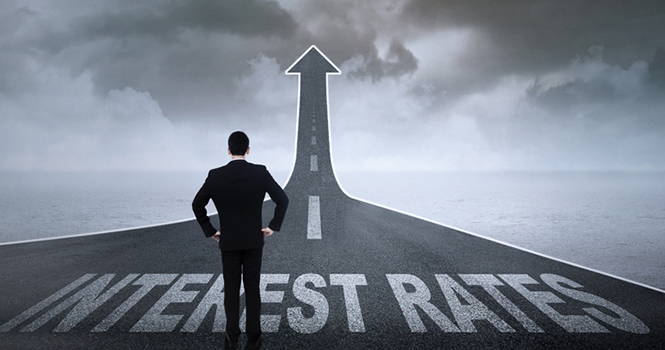As predicted by all officials, the Fed raised rates for the second time in 2018—from 1.75 percent to 2 percent. The remainder of 2018 and 2019 may see more gradual hikes, with analysts predicting two more increases by year’s end in order to curb future inflation concerns following reports of a strong labor market and economic conditions.
“In view of realized and expected labor market conditions and inflation, the Committee decided to raise the target range for the federal funds rate to 1-3/4 to 2 percent. The stance of monetary policy remains accommodative, thereby supporting strong labor market conditions and a sustained return to 2 percent inflation,” according to a Fed statement.
“Consistent with its statutory mandate, the Committee seeks to foster maximum employment and price stability,” the statement continued. “The Committee expects that further gradual increases in the target range for the federal funds rate will be consistent with sustained expansion of economic activity, strong labor market conditions and inflation near the Committee’s symmetric 2 percent objective over the medium term.”
Indicators point to a healthy market with a declining unemployment rate and strong job gains.
“Job gains have been strong, on average, in recent months, and the unemployment rate has declined. Recent data suggest that growth of household spending has picked up, while business fixed investment has continued to grow strongly. On a 12-month basis, both overall inflation and inflation for items other than food and energy have moved close to 2 percent. Indicators of longer-term inflation expectations are little changed, on balance,” according to a Fed statement.
The impact on mortgage rates? The cost of borrowing may continue to rise from the current average of 4.54 percent for a 30-year fixed rate mortgage, which dipped for the second consecutive week according to Freddie Mac—a short-term departure from the recent string of increases and which led to a 4 percent increase in purchase applications.
“We are still in the middle innings of rising interest rates; consumers should expect another three or four rounds of interest rate increases over the next 18 months” said Lawrence Yun, chief economist of the National Association of REALTORS® (NAR), in a statement. “Mortgage rates will consequently continue to nudge higher. Fortunately, the economy is strong and wages are rising. If housing supply can be increased through more home building, then the negative impact of rising interest rates can be mitigated.”
 Liz Dominguez is RISMedia’s associate content editor. Email her your real estate news ideas at ldominguez@rismedia.com. For the latest real estate news and trends, bookmark RISMedia.com.
Liz Dominguez is RISMedia’s associate content editor. Email her your real estate news ideas at ldominguez@rismedia.com. For the latest real estate news and trends, bookmark RISMedia.com.











